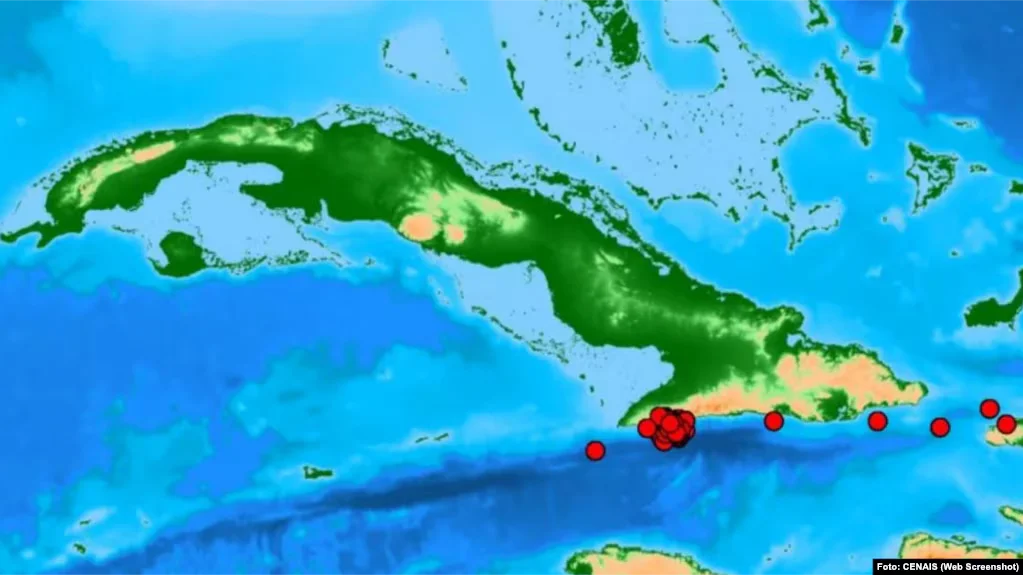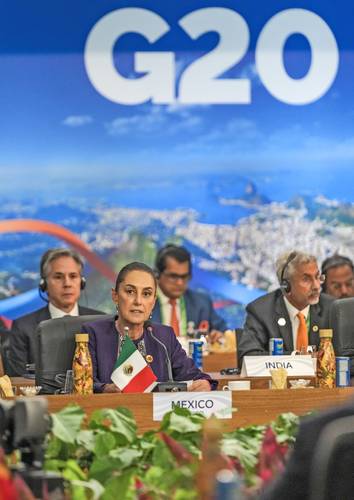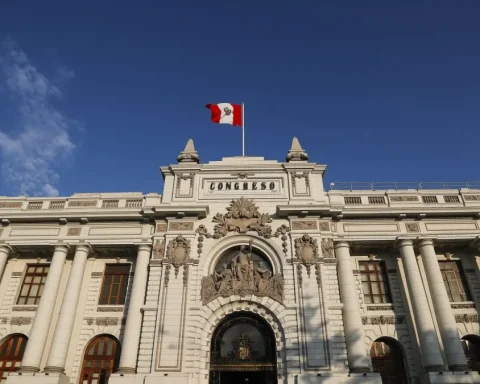MIAMI, Cuba.- The National Center for Seismological Research (CENAIS) reported that this November 19, at 6:11 am, a earthquake of magnitude 4.2. This event was perceived in several locations in the province of Granma and in the municipalities of Guamá and Santiago de Cuba.
The epicenter of the earthquake was located 20.51 kilometers southwest of Pilón, at coordinates 19.75° north latitude and 77.23° west longitude, with a depth of 10 kilometers.
On the other hand, they continueaftershocks of earthquakes that occurred last November 10. As of 5:59 am today, a total of 4,559 aftershocks have been recorded, with the epicenter about 40 kilometers southeast of Pilón. Of these aftershocks, 106 have probably been perceived in the areas near the epicenter.
According to official figures, damage to nearly 4,000 buildings and destruction of road, telephone and electrical infrastructure are reported.
Earthquakes recorded in 2023
Last year, Cuba experienced a total of 7,475 earthquakesof which only 14 were noticeable, according to a CENAIS report.
Most of the earthquakes in the national territory were related to the fault Eastthe main area of seismic activity located south of the eastern region of Cuba. This area constitutes a tectonic plate boundary and is a constant source of telluric movements.
Additionally, significant seismic activity was recorded outside the plate boundary zone, particularly in northern Las Tunas and in the southern area of moa (Holguin). Three earthquake swarms were observed in these areas with around 500 events each, although with magnitudes less than 4 on the Richter scale.
The 14 perceptible earthquakes are geographically distributed as follows: five related to the plate boundary zone south of eastern Cuba, five within the national territory and another four with epicenters outside the country (two in Haitione in Jamaica and one north of Honduras). In all these cases, the maximum intensity felt in Cuba was III on the EMS/98 scale.















